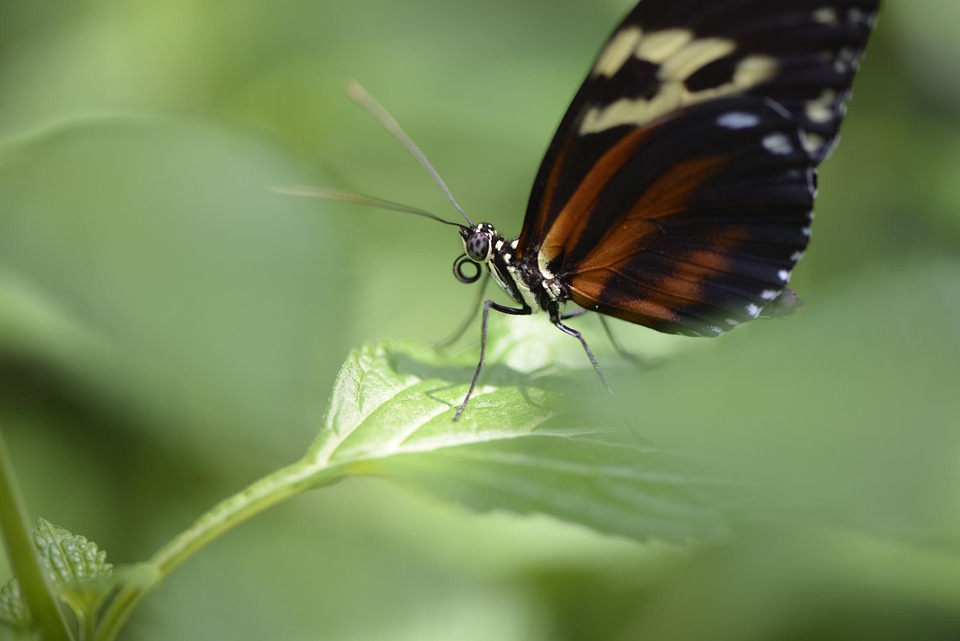As the warm weather arrives, so does the season of outdoor activities, blooming gardens, and, unfortunately, pesky insects. Whether it’s mosquitoes in the evening, ants invading your picnic, or pesky flies buzzing around, bugs can significantly affect our enjoyment of nature. Instead of reaching for chemical-laden commercial bug sprays that can harm the environment and our health, why not consider making your own eco-friendly bug spray? Not only is it effective, but it’s also simple, safe, and kind to Mother Earth.
Why Go Eco-Friendly?
The chemical insect repellents available on the market often contain synthetic substances like DEET, which, while effective, can have harmful effects on both human health and the environment. These chemicals can irritate skin, pose long-term health risks, and contribute to water pollution. By opting for natural ingredients, you can protect your health, safeguard local wildlife, and avoid contributing to the pollution of our ecosystems.
Choosing Your Ingredients
The beauty of homemade bug spray lies in its versatility. Many essential oils are known for their insect-repelling properties, and most are easily accessible. When crafting your eco-friendly spray, consider the following natural ingredients:
-
Witch Hazel: A natural astringent that can help soothe skin irritation, witch hazel can serve as the base of your bug spray. It is effective at keeping bugs at bay and is gentle on the skin.
-
Essential Oils: Several essential oils carry powerful insect-repelling benefits:
- Lemongrass: Known for its strong citrus scent, it’s highly effective at repelling mosquitoes.
- Lavender: Not only does it smell delightful, but it also deters flies and mosquitoes.
- Tea Tree Oil: This oil has antiseptic properties and also acts as an effective insect repellent.
- Peppermint: Its invigorating aroma helps keep ants and spiders away.
- Eucalyptus: Particularly effective against mosquitoes, its soothing scent is a bonus.
- Vinegar: Apple cider vinegar can also be used in your formulation, as it naturally repels a variety of insects while being easy on the skin.
Simple Recipe for DIY Eco-Friendly Bug Spray
Ingredients:
- 1 cup water (preferably distilled)
- 1 cup witch hazel or apple cider vinegar
- 10-15 drops of essential oil (choose one or a combination, such as 5 drops each of lemongrass, lavender, and eucalyptus)
- A small spray bottle (preferably dark glass to protect essential oils from sunlight)
Instructions:
- Combine Ingredients: In a mixing bowl, combine the water and witch hazel (or vinegar).
- Add Essential Oils: Carefully add the essential oils of your choice. You can experiment with different combinations to find an aroma that’s pleasant to you.
- Mix Well: Stir the mixture well to ensure that the oils blend with the other liquids.
- Transfer to Spray Bottle: Carefully pour the mixture into your spray bottle using a funnel if necessary.
- Shake Before Use: Since essential oils can separate, give the bottle a good shake before each use.
Application Tips
- Spray on exposed skin and clothing, avoiding the eyes, mouth, or any open wounds.
- Reapply every couple of hours, especially if you are sweating or swimming.
- Store the bug spray in a cool, dark place to prolong its potency.
- Conduct a patch test before applying it widely, particularly if you have sensitive skin.
Additional Eco-Friendly Practices
Crafting your own bug spray is just one way to promote an eco-friendly lifestyle. Consider these additional practices to further minimize your environmental impact:
- Plant a Bug-Repelling Garden: Marigolds, basil, and citronella plants are known to repel insects and can beautify your outdoor space.
- Keep Your Surroundings Clean: Eliminating standing water, keeping your garbage sealed, and cleaning up food leftovers can deter insects naturally.
- Use Natural Predators: Encourage birds, bats, and beneficial insects like ladybugs and lacewings to inhabit your garden, naturally controlling pest populations.
Conclusion
Creating your own eco-friendly bug spray is a simple and effective way to protect yourself from insects while promoting health and sustainability. By using natural ingredients, you can enjoy your time outdoors with peace of mind, knowing you’re taking a step toward a healthier planet. So the next time you find yourself swatting away insects, reach for your homemade bug spray, and let nature do its thing!
